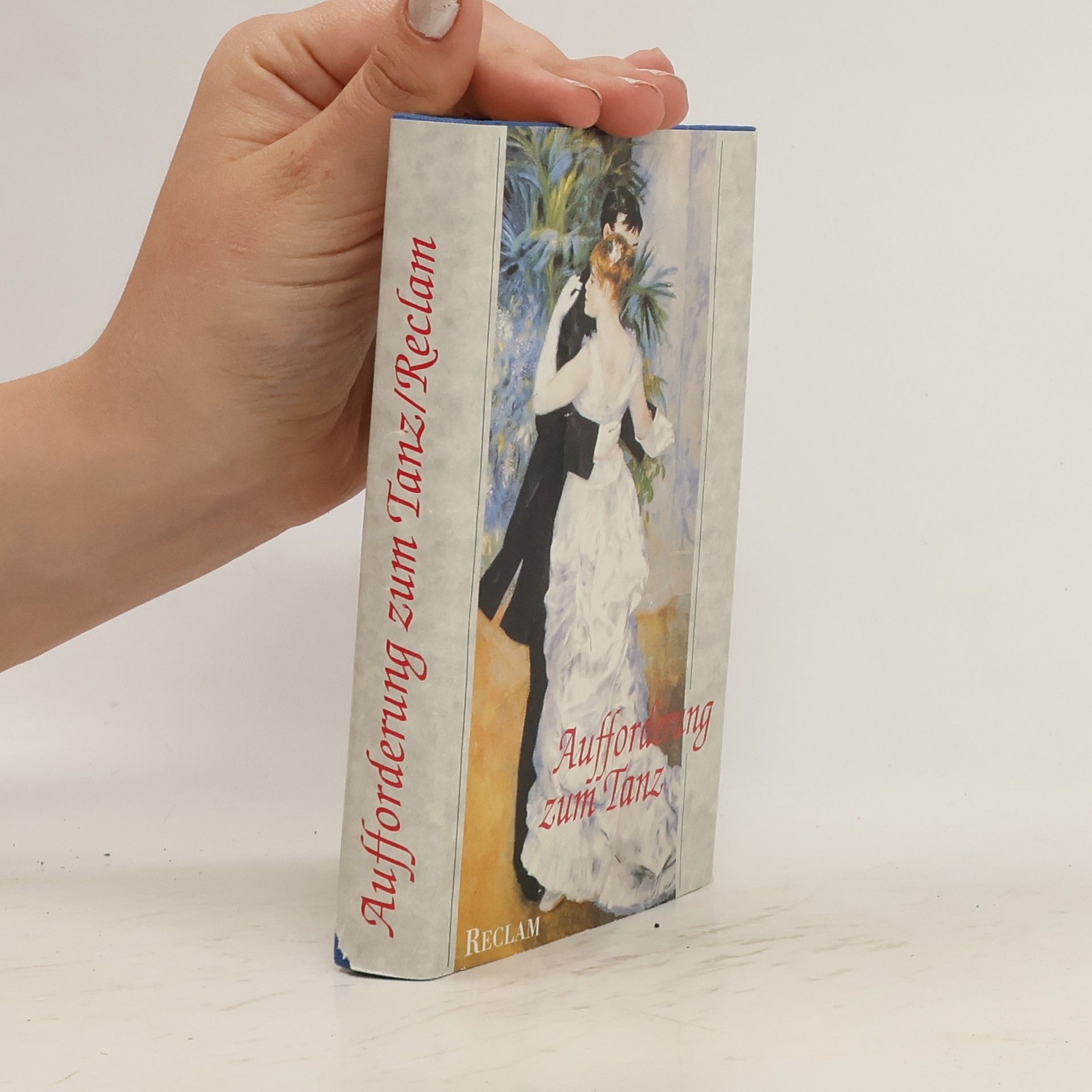Gabriele Brandstetter Livres






Farbe ist Programm
- 116pages
- 5 heures de lecture
Ein Ausstellungskatalog als Farbfächer zum Ausdrehen und neu Arrangieren: Zur Ausstellung "Farbe ist Programm" präsentiert die Bundeskunsthalle ein einmaliges Sammlerstück, konzipiert und gestaltet vom Künstler Liam Gillick. Das Buch trägt die Frage, welche Rolle Farbe in unserem Leben spielt, in den sozialen Raum. Koriphäen der Hirnforschung, der Farbtheorie, der Astrophysik oder der Schönheitschirurgie nehmen die ausgestellten Werke als Ausgangspunkt für inspirierende und lehrreiche Ausflüge in ihre Arbeit. Die langjährige heute-Moderatorin Petra Gerster erzählt Anekdoten vom Green Screen des ZDF-Nachrichtenstudios. Der Schriftsteller Senthuran Varatharajah hat ein aufrüttelndes Gedicht über Deutschland geschrieben. Und die Goldene Bar hat für die Bundeskunsthalle einen Drink komponiert, der die Malereien Helen Frankenthalers nachahmt. Das Schmuckstück kommt im Format einer Schallplatte und öffnet sich zum Kreis. Es enthält die ganze Welt der Farbe zum Schmökern, Anfassen und Träumen. Und es ziert freistehend im mitgelieferten Schuber jeden Tisch.
ZEITgestalten
Poetiken und Wahrnehmungsweisen im modernen und zeitgenössischen Tanz
In diesem Buch untersucht die Autorin, wie Zeit als gestaltender Faktor in Choreografien wirkt. Sie analysiert die Wechselwirkungen von Zeitlichkeit in der Produktion, Darstellung und Wahrnehmung von Tanzstücken. Theorien der Zeit werden im Kontext der tänzerischen Praxis betrachtet, wobei moderne und zeitgenössische Choreografien im Fokus stehen.
Mundart der Wiener Moderne
- 324pages
- 12 heures de lecture
Im künstlerischen Gefüge der Wiener Moderne wurde dem Tanz neben der Literatur, der bildenden Kunst und der Musik eine gleichberechtigte Stellung zuerkannt. Die Tänzerin und Choreographin Grete Wiesenthal (1885–1970) ist jene Integrationsfigur, die diese neue Einschätzung begründete. Die Beiträge dieses Sammelbands zeichnen ein Porträt Grete Wiesenthals; sie verfolgen die Impulse, die sie empfing, verwandelte und weitergab im Kontext der Kunst und Kultur in Wien und den Metropolen der Moderne.